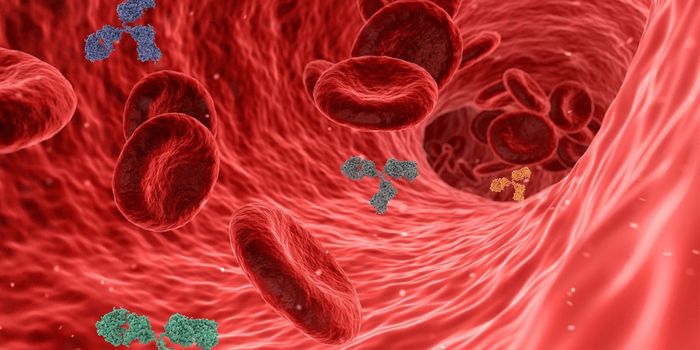AI Improves Lung Cancer Detection in MIT Study
Lung cancer led to an estimated 160,000 deaths in 2018 in the U.S., making it the country’s leading cause of cancer-related deaths. Early detection can play a big role in patients’ prognosis and survival, and a new algorithm out of MIT seeks to improve the lung cancer screening process. While still in its early stages, the “three-dimensional deep learning” process has had some promising results detecting lung cancer, beating out radiologists in some instances. The related study, “End-to-end lung cancer screening with three-dimensional deep learning on low-dose chest computed tomography,” was published in the journal Nature in late May 2019.
A Google researcher named Danial Tse developed the algorithm that was used in the study. Tse and his colleagues trained the deep learning algorithm to look for malignant lung nodules with more than 42,000 computed tomography (CT) scans. During this study, the algorithm was used with 6,716 National Lung Cancer screening trial cases. The model used the patients’ current and prior CT volumes to predict their lung cancer risk.
When prior CT imaging for patients was not available, the MIT model outperformed six participating radiologists, coming up with 11 percent fewer false positives and 5 percent fewer false negatives. When prior CT data for patients was available, the AI’s performance was on-par with these same radiologists.
“This creates an opportunity to optimize the screening process via computer assistance and automation. While the vast majority of patients remain unscreened, we show the potential for deep learning models to increase the accuracy, consistency and adoption of lung cancer screening worldwide,” the authors state.
AI is also being evaluated and used as a means of finding other cancers, including those of the breast and skin. This research contributes more data to the growing body of evidence that AI can play a meaningful role in medicine. Tse and colleagues “acknowledge that the work needs to be validated on larger patient populations,” according to MIT Technology Review.
The video below offers a basic introduction to CT scans.
Sources: Nature, MIT Technology Review









